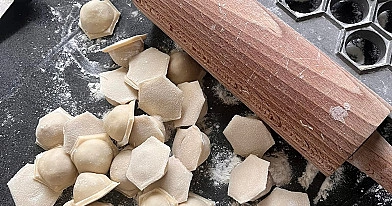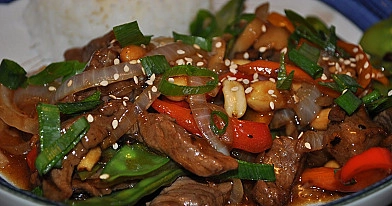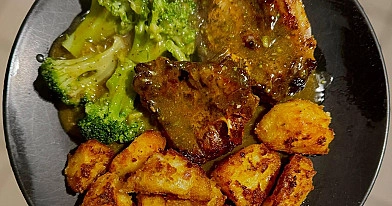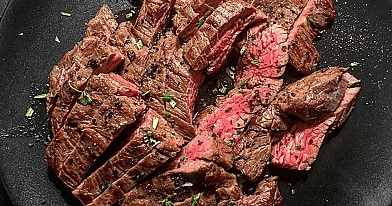
Lamb chops in slow cooker with gravy and potatoes
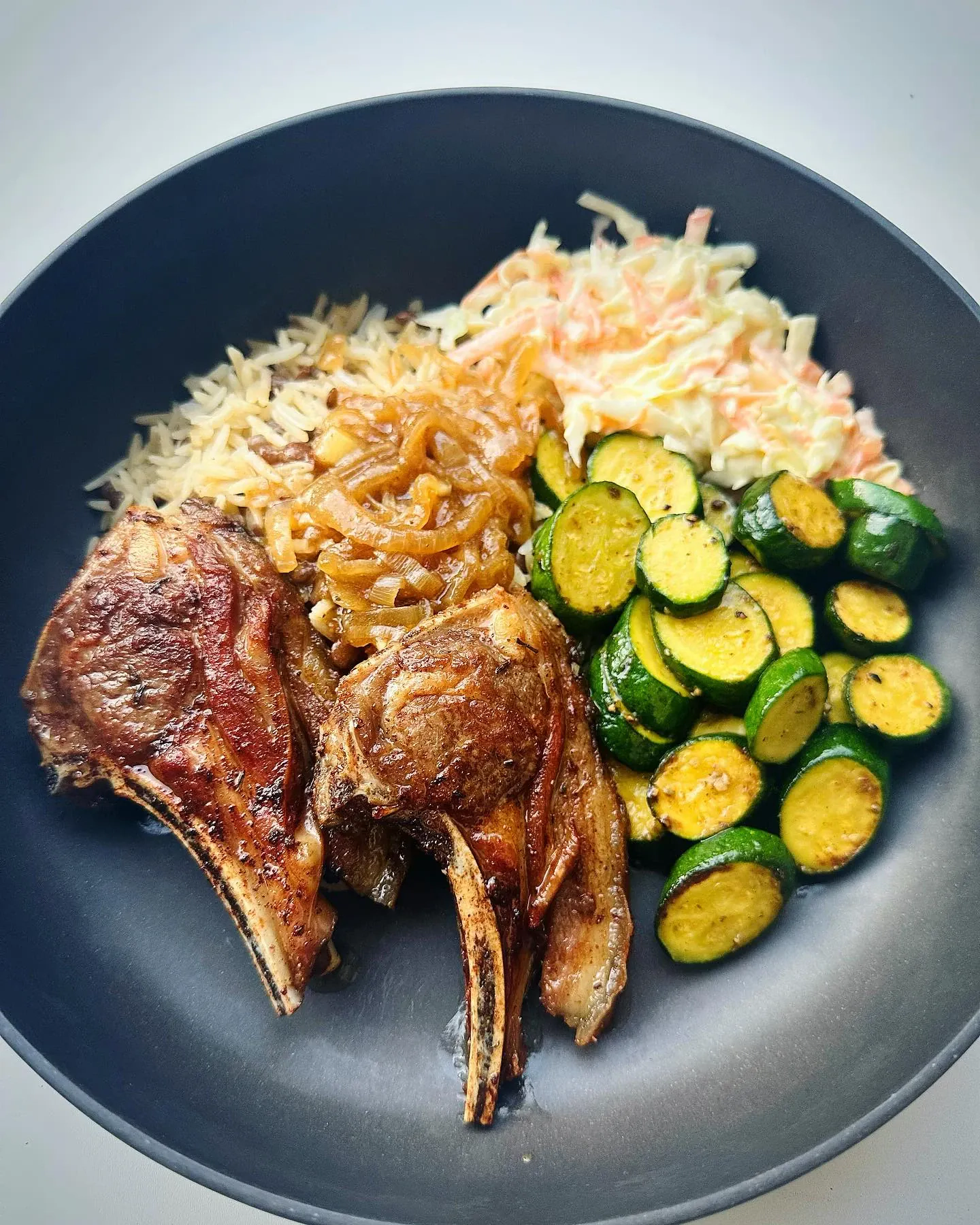
Slow cooker lamb chops with gravy and potatoes is one of those timeless comfort meals that never goes out of style. The tender meat slowly simmers in its own juices together with potatoes and a flavorful gravy, creating a dish that is rich, hearty, and deeply satisfying. What makes this recipe especially appealing is the convenience of the slow cooker—simply prepare everything in the morning, let it cook throughout the day, and by dinner time you have a meal that tastes as though it came straight from a traditional family kitchen.
I first prepared these lamb chops during a busy week when I wanted something hearty without spending hours in the kitchen. The slow cooker truly did all the work, and the result reminded me of the rustic meals my grandmother used to make on Sundays, where meat would cook slowly until perfectly tender. Since then, this dish has become a family favorite that I make often, especially when I want to impress guests with minimal effort but maximum flavor.
What sets this recipe apart is the combination of lamb’s rich flavor with the silky texture of slow-cooked potatoes and a savory gravy that binds everything together. Because lamb can sometimes be intimidating to cook, the slow cooker ensures consistent, reliable results every time, making this recipe approachable even for those who do not usually prepare lamb at home.
Advertisement
Possible ingredient alternatives
- Lamb chops: You may replace with lamb shanks, lamb shoulder pieces, or even beef short ribs for a similar result.
- Potatoes: Use baby potatoes, Yukon Gold, or sweet potatoes for a different taste.
- Gravy base: Instead of beef broth, chicken broth or vegetable stock can be used.
- Onion: Shallots or leeks can be substituted for a milder flavor.
- Garlic: Garlic paste or roasted garlic cloves add extra depth if fresh garlic is not available.
- Herbs: Fresh rosemary can be swapped for thyme, sage, or oregano.
Cooking tips for the recipe
- Always brown the lamb chops before adding them to the slow cooker. This step locks in flavor and enhances the gravy.
- Use flour to lightly coat the lamb before searing. It helps thicken the sauce during the slow cooking process.
- Layer potatoes at the bottom of the slow cooker so they absorb juices and flavors from the meat above.
- Avoid lifting the lid too often during cooking, as it releases heat and increases cooking time.
- For a richer sauce, finish the gravy with a small knob of butter right before serving.
Chef’s advice
When cooking lamb in a slow cooker, patience is your greatest ally. The connective tissues in lamb need time to break down, and only a long, slow cooking process can achieve that melt-in-your-mouth tenderness. If you have access to grass-fed lamb, use it—it produces a cleaner, richer flavor in the gravy. Also, keep in mind that lamb pairs beautifully with root vegetables, so you may add carrots, parsnips, or turnips along with the potatoes for a more rustic, traditional feel.
Ingredients
- Lamb chops: 6 pieces.
- Potatoes: 4 large (peeled and cut into chunks).
- Onion: 1 large (sliced).
- Garlic cloves: 3 (minced).
- Beef broth: 2 cups.
- All-purpose flour: 2 tablespoons.
- Olive oil: 2 tablespoons.
- Fresh rosemary: 2 sprigs.
- Worcestershire sauce: 1 tablespoon.
- Salt: 1 teaspoon (or to taste).
- Black pepper: 1 teaspoon (freshly ground).
- Butter: 1 tablespoon (optional, for finishing the gravy).
- 1. The lamb chops were first seasoned generously with salt and freshly ground black pepper, then lightly coated with flour. This simple preparation allowed the surface to brown more evenly.
- 2. A skillet was heated with olive oil until hot, and the lamb chops were seared on both sides until golden brown. Once browned, they were set aside.
- 3. Into the same skillet, sliced onion and minced garlic were sautéed until fragrant and slightly softened, ensuring that no flavor was wasted.
- 4. The potatoes were arranged at the bottom of the slow cooker, forming a solid base. Over them, the seared lamb chops were carefully placed.
- 5. The onion and garlic mixture was spread over the meat, followed by the addition of fresh rosemary sprigs.
- 6. Beef broth was poured into the pot together with Worcestershire sauce, making sure the liquid reached at least halfway up the lamb chops.
- 7. The lid was secured, and the dish was cooked on low heat for about 6 hours, during which the meat slowly turned fork-tender.
- 8. Just before serving, a tablespoon of butter was stirred into the hot gravy to give it a silky finish.
- 9. The lamb chops were served directly from the slow cooker, with the potatoes and a generous spoonful of gravy on top.
Recipe Directions
FAQ
How can I make slow cooker lamb chops with gravy and potatoes gluten-free?
To prepare this dish gluten-free, simply replace the all-purpose flour used for dredging the lamb chops with cornstarch or certified gluten-free flour. The flour helps thicken the gravy, so using cornstarch achieves the same effect without altering the flavor. I have tested this substitution, and the gravy still develops a rich, silky texture because starch molecules expand in liquid and naturally create thickness during long cooking.
Can this recipe be adapted for a lactose-free diet?
Yes, this recipe adapts easily for lactose-free diets. The only dairy component is the butter added at the end of cooking for a glossy finish. You may omit it entirely or substitute with lactose-free butter or olive oil. From experience, olive oil gives a slightly fruitier note to the gravy, while lactose-free butter keeps the sauce creamy and traditional. The slow cooking process itself does not rely on dairy, so the flavor and tenderness of the lamb remain unchanged.
How should I store leftover lamb chops with potatoes and gravy?
Leftovers should be cooled to room temperature, then transferred to an airtight container. They can be refrigerated safely for up to 3 days. Because lamb and potatoes are dense foods, proper cooling is important to avoid bacterial growth. In my own kitchen tests, I found that dividing leftovers into smaller containers speeds up cooling and keeps the texture of the potatoes more pleasant when reheated. Always store with some gravy to prevent the meat and potatoes from drying out.
Can I freeze lamb chops in gravy, and how should I reheat them?
Yes, this dish freezes well. Place cooled lamb chops, potatoes, and gravy into freezer-safe containers or heavy-duty freezer bags, removing as much air as possible. They keep for up to 3 months without losing quality. To reheat, thaw overnight in the refrigerator and warm gently in a saucepan over low heat, adding a splash of broth if the gravy has thickened too much. Slow reheating preserves the tenderness of the lamb and prevents the potatoes from becoming mushy, which I confirmed through repeated recipe testing.
What common mistakes should I avoid when cooking lamb chops in a slow cooker?
The most frequent mistakes are skipping the browning step, overcrowding the slow cooker, and lifting the lid too often. Browning the lamb first develops caramelization that deepens the gravy’s flavor—this step should never be skipped. Overcrowding reduces circulation of heat and may result in unevenly cooked potatoes. Removing the lid repeatedly releases heat, extending cooking time and preventing the meat from reaching full tenderness. From my experience, following these three simple rules makes the difference between a good dish and an exceptional one.
How can I adjust the texture of the gravy if it is too thin or too thick?
If the gravy turns out too thin, remove the lamb chops and potatoes, then simmer the sauce uncovered on the stovetop until it reduces and thickens. This works because evaporation concentrates the starch and proteins, giving body to the sauce. If the gravy is too thick, stir in small amounts of warm broth until the desired consistency is reached. I always recommend adjusting gradually, as gravy texture changes quickly with even a small amount of added liquid.

